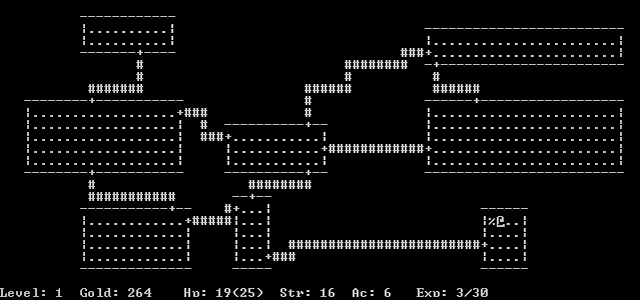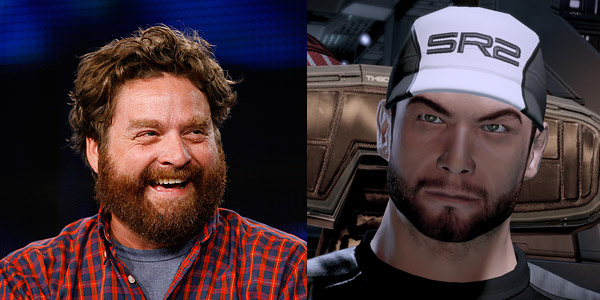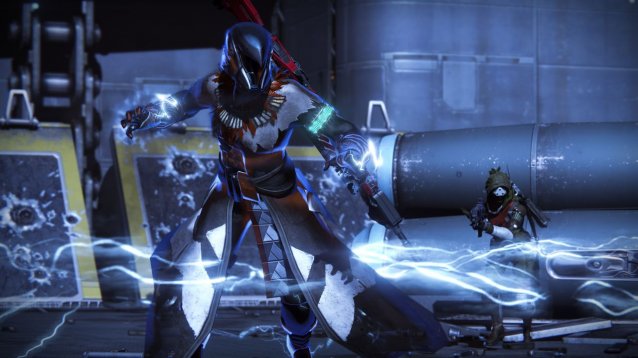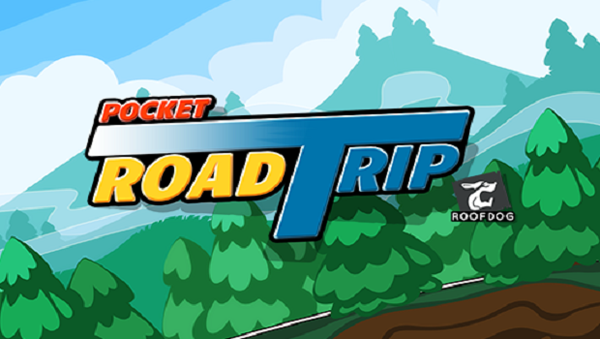

Game Rant’s Anthony Molé Reviews Kinect: Star Wars
When Microsoft first revealed the Kinect sensor they had a lot to prove; would the new motion control offer something for the hardcore gamer, or would Xbox 360 owners be subjugated to bland shovel ware? That’s where Kinect: Star Wars came in, as Microsoft initially presented the project as an answer to cynical gamers. Did it accomplish the job? Short answer: no.
Kinect: Star Wars takes place after the events of Return of the Jedi, Luke Skywalker has found the ruins of the Jedi Temple and sends C-3PO and R2-D2 to scour the building for whatever information remains. There, they meet up with The Commander (read: the player), and are able to choose from a variety of game modes to take part in. These game modes are really a mixed bag, some are really fun, while others are really mediocre.
Most gamers will probably opt to begin with the campaign mode, “Jedi Destiny: Dark Side Rising,” which takes place between the events of The Phantom Menace and Attack of the Clones. Over all the campaign is pretty underwhelming. Kinect: Star Wars‘ art style takes influence from the Clone Wars TV Show, though that’s really the only positive. While the game looks nice, some characters seem like they’re stuck in the uncanny valley, most notably those taken from the films – such as Obi-Wan and Mace Windu.
Unfortunately, while the game may take inspiration from the show’s art style, it hardly tells a story of equal quality. The story revolves around a bunch of unforgettable events and bland characters that make no impact on the series canon. While games like The Force Unleashed gave Star Wars fans plenty of insight into the events leading up to A New Hope, Kinect: Star Wars offers little more than “the droids are talking, let’s protect the wookies!”
Of course, this would all be a tad forgivable if the gameplay held up – which, unfortunately, is doesn’t. The Kinect sensor seems to have trouble reading basic movements, making the dodge ability very spotty. Sometimes the game will actually recognize kicking as a dodge, creating frustrating moments where players will have to repeat already awkward movements. The problem is made worse by the amount of latency as players will jump, and then a second or two later see their on screen character mimic the action. This doesn’t have any effect on the gameplay as Kinect Star Wars has already taken it into account (i.e. the game is forgiving) but the problem will take players out of the experience.
Lightsaber controls “work,” but they’re also subject to latency issues as well. The lightsaber on screen doesn’t exactly mimic the player’s movements, and it can be pretty off-putting. Players will also get into lightsaber clashes with on screen enemies, but once again the controls are very spotty. Take for example the headbutt move, which isn’t always recognized and can lead to a terrible headache when players are constantly trying to headbutt in real life. Overall, the campaign is playable, it can just be very frustrating to deal with these control issues.
Surprisingly, the most fun moments of the campaign are the on-rails sections. Well, technically the whole campaign is on-rails, with more robust movement allowed in on-foot battles, but even then traversal is limited. However, during space combat or speeder bike races the game essentially rips all control from the player – with the exception of aiming and shooting. This causes Kinect: Star Wars to play like a light-gun shooter, and it actually ends up being much more fun than the on-foot fighting.
Aside from the campaign, Kinect: Star Wars has a handful of mini-games for players to check out. The one I actually had the most fun with was the oft-lauded “Galactic Dance Off,” wherein players dance it out to modern day songs with the lyrics changed to reference the Star Wars universe. The game mode controls much better than the “Dark Side Rising,” and even has a sense of charm that’s absent from what should have been the main attraction.
While many were repulsed when watching the “Ridin’ Solo” video, playing it in real life is actually quite a lot of fun. Dance moves are all based off of iconic moments in the films, and it’s very difficult to play the mode without cracking a smile. The only real criticism towards “Galactic Dance Off” is probably that the game places players in a a handful of locales – all of which have their own respective cut scenes. You’d think that was a good thing, unfortunately these cut scenes are overly-long and never change, so playing two different songs on the Cloud City level will result in players seeing the same intro and outro. In addition, gamers can’t mix and match locales and songs, so expect to always play “I Don’t Speak Huttesse” in Jabba’s Palace.
Of all the game modes, the one players probably looked forward too the most was pod racing. Much like “Galactic Dance Off,” this is one of the better modes – with the game controlling much better than the campaign. Players control their pod like the racers in The Phantom Menance, pulling one arm or the other back allows players to turn left or right, while pulling both and then pushing forward results in a thrust. Players are really only in control of steering and combating other racers/environmental hazards, as the game will control the pod’s acceleration.
Pod racing has its own little story, where the player helps Watto try and reclaim his place in the pod racing championships. For those who aren’t interested in the story, there are also quickplay modes. With a meaty story and fun controls, gamers will probably find themselves visiting Watto’s garage quite often.
We’re then left with two more game modes, “Rancor Rampage” and “Duels of Fate.” Both of these modes suffer from the same problem as the campaign, specifically the controls that don’t always work, which in turn forces players into overly exaggerated movements – just to try and get the on screen character to do what they want. “Rancor Rampage” has gamers take on the role of Return of the Jedi monster, the Rancor – as they move around a specific locale destroying everything in sight. Players are given challenges along the way, and are then scored based on how well they execute these challenges. Unfortunately, challenges are either super easy or frustrating, since the Rancor itself never controls the way players want to – and has a hard time recognizing movements for throwing as well as charging – and, from time to time, cannot even walk forward unless the player charges or jumps.
“Duels of Fate” is just lightsaber battles between the player and characters from either the campaign or the larger Star Wars universe. If you can look past the lightsaber control issues, players may be able to find some fun here. But otherwise the game is once again pulled down by technical problems with the Kinect. Players are also graded on the time it took to complete the duel, but don’t expect to do well on your first try – especially with how difficult it is for the game to recognize one’s movements.
Kinect: Star Wars is a game that fails where we thought it would succeed, and succeeds where we thought it would fail. Pod Racing and Dancing offer the most fun players will likely have in the game, while the campaign is dull and uninspired – and suffers from terrible control issues. Some people may be able to have fun with the Kinect: Star Wars (especially families), but anyone hoping for a refined Kinect game in the vein of The Gunstringer or Child of Eden, that can appeal to casual and hardcore gamers, alike – it’s better to pass on this one.
Kinect: Star Wars is available now for the Xbox 360.
–
Follow me on Twitter @AnthonyMole.




 10 Great Gifts for Windows Users
10 Great Gifts for Windows Users The Witcher 3 Monster Guide - How to Beat the Noonwraith
The Witcher 3 Monster Guide - How to Beat the Noonwraith ARK: Survival Evolved Crafting And Taming Guide
ARK: Survival Evolved Crafting And Taming Guide How to get Pocket Road Trip Boosts, Extra Bonus, Toolbox, Cars and Extra treasure, Tips and Tricks Guide
How to get Pocket Road Trip Boosts, Extra Bonus, Toolbox, Cars and Extra treasure, Tips and Tricks Guide What are Orbs of Light in Destiny?
What are Orbs of Light in Destiny?